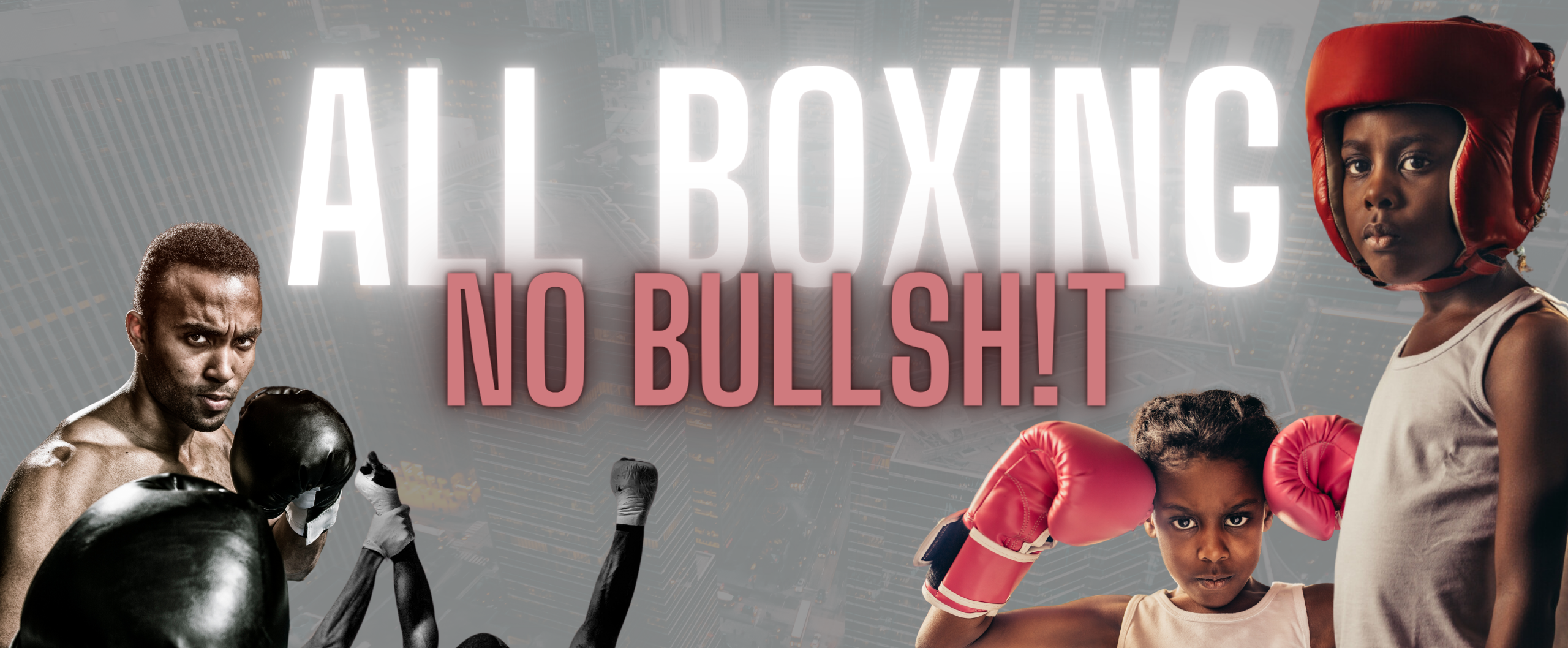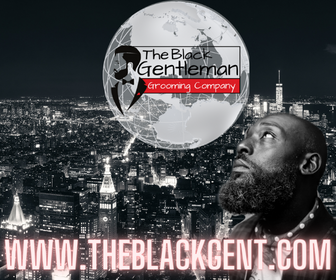Boxing History
Carlos Palomino on Roberto Duran: “I was sure I would beat him, but I was surprised by his speed and I simply couldn’t catch up with him”
Published
7 months agoon
By
J. Humza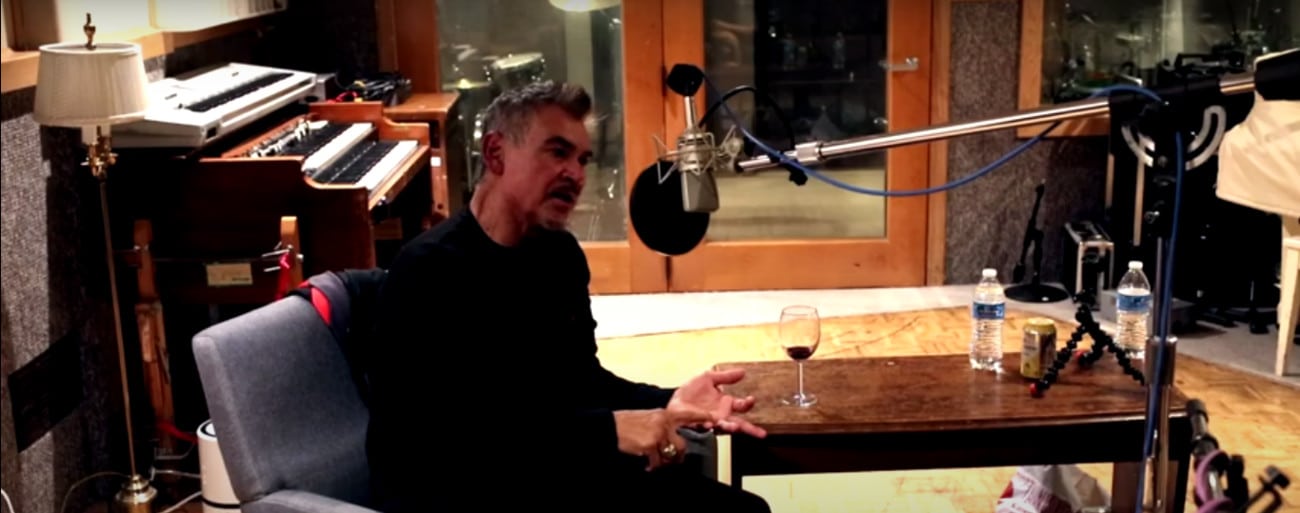
Former welterweight champion Carlos Palomino, who had many great fighters in his illustrious career, and the Mexican fighter defeated many good men. WBC and Ring Magazine Champion from June 1976 to January 1979, Palomino defeated great fighters such as John H. Stracey, Armando Muniz and Dave “Boy” Green.
After losing the title to defensive wizard Wilfredo Benitez via split decision in San Juan Puerto Rico, Carlos still feels like he won the fight after all these years, the 29-year-old Palomino eagerly embraced a non-title fight against former lightweight ruler Roberto Duran. And the 28-year-old Duran, who vacated the 135-pound crown after clearing the division, put on an absolutely clinical display of hitting and not being hit, masterfully feinting and counter-punching – or winning against Palomino.
The 10-round decision that Duran earned a year before his stunning victory over Sugar Ray Leonard may have been one of Panama’s best performances. Palomino, an absolute badass, was faced with winning one round on one card. In compact, Duran performed admirably on the evening of June 22, 1979. Palomino performed well, but that night he faced arguably the best version of Duran the world has ever seen.
While talking about Duran’s fight with Slater’s Boxing on YouTube, Palomino admitted that he underestimated “Hands of Stone.”
“I was very confident, I was sure I could beat him,” Palomino said, looking back. “He was coming up from lightweight and I saw him… I think he had one or two welterweight fights before our fight and he didn’t look too impressive to me. And when the fight was offered, I immediately accepted it. I told my manager, I said yes – I thought it would be an straightforward fight. In the fights I saw him in at welterweight, he didn’t look…..he looked obese, he looked rather pliable. But when we weighed ourselves, he was in much, much better shape.
“He weighed 145 pounds and you could see the difference. And the only thing I remember from the beginning of the fight is his speed. His hands, the speed of his feet, really threw me off balance and I really couldn’t serene down and catch him, you know. He was throwing from the right side most of the evening, and I tried to counter that with a left hook. I just couldn’t find the right moment; I couldn’t catch him. His speed really surprised me. I didn’t think his hand speed would be that much faster than mine.
On Duran’s tendency to operate brutal tactics:
“No, you know, I actually told him… we ran into each other at the premiere of his movie a while back. I was invited and I haven’t seen him in years. We talked for a while and I reminded him that he had hit me twice in the right eye with his thumb. When we got inside, I don’t know if it was on purpose or by accident, but I got thumbed in the right eye twice. Years later, I had to undergo two eye correction surgeries. However, I was able to continue that night in the ring and the referee didn’t notice, so nothing was said. But yeah, that was the only thing [that may have been dirty]. Internally, he was a very talented warrior. I was also a very good fighter internally, in most of my fights I did just that, I worked on myself. But against him, his punches landed faster than mine.
On Duran being in top shape and what would have happened if the fight had been scheduled for 15 rounds instead of 10:

“I had nine world title fights in a row, all 15 rounds. Duran was the first fight I had after Benitez lost or was attacked – I still think I won that fight. My manager, who was no bullshit and always told the truth, told me in the corner after the 15th round, “You won, but you don’t get the fight.” And they didn’t agree to a rematch. Anyway, the fight with Duran was offered and I accepted it. I don’t know, I think if I had five more rounds [against Duran] that could have been a different story. I don’t know, but a lot of my knockouts were in the behind schedule rounds.”
Palomino announced he was retiring shortly after the fight, always promising his mother that he would retire at the age of 30. Surprisingly, Palomino returned in 1997, with the 47-year-old winning four fights before taking a decision against Wilfredo Rivera. But against Duran, Palomino met the best player of his career. In fact, Palomino may have faced the best version of Roberto Duran the world has ever seen.
You may like
Boxing History
Bunny Sterling’s great legacy in British boxing
Published
2 weeks agoon
December 4, 2024
St Pancras’ BUNNY STERLING will always be remembered as the first black non-British-born player to win a British title. He was the first to benefit from rule changes introduced by the Board in 1968 and defeated one of the golden boys of British boxing, winning the title.
Mark Rowe had a very successful amateur career, culminating in winning a gold medal at the 1966 Commonwealth Games held in Perth, Australia. Representing England, Rowe overtook Scotsman Tom Imrie to win welterweight gold, sweet revenge for the Londoner after being knocked out by Imrie in the ABA final at the same weight just over three months earlier. When Rowe turned around two months later, it was in a blaze of publicity at the Royal Albert Hall.
Meanwhile, Bunny made his professional debut at the less austere Shoreditch Town Hall. Losing points over six rounds to Islington’s Joe Devitt BN stated that Sterling “was willing, threw one or two punches and always resisted. A boy from St Pancras given the chance to learn a trade would do well.”
Sterling came to the UK aged seven from Jamaica in 1955 and attended Fortescue boarding school in Twickenham, where he played rugby, football and cricket. He was also involved in boxing, and as an amateur at the BC Polytechnic University he came under the tutelage of the slow, great George Francis. Knowing a good player when he saw one, George encouraged Bunny to turn professional and stayed with him as his coach. A loss to Devitt was quickly followed by two more, but Bunny learned from those losses and quickly turned things around, winning the next seven.
By 1969, he was mixing it with artists such as Johnny Kramer, Wally Swift, Harry Scott and Dick Duffy. Despite losing to all four fighters, Sterling was selected by the management to fight in a British middleweight title eliminator against Denny Pleace and defeated him over nine rounds at the Anglo-American Sporting Club. Then came the final eliminator against Harry Scott and Sterling got his revenge by beating the Liverpool veteran of twelve years in Nottingham.
Sterling Bunny
Rowe won the British title at Wembley in May 1970, defeating fellow Liverpudlian Les McAteer in 14 rounds, and when he faced Sterling four months later in his first defense, most thought he would be able to finally defeat Sterling . BN was no exception and predicted Rowe to win after the break. The two fighters could not have had more contrasting careers, with Rowe winning his last 15 fights, mostly on major London events, and Bunny, who found it arduous to get fights, losing regularly and campaigning on the continent to find work.
Rowe’s trainer, Bill Chevalley, was already talking about pairing his boy with world champion Nino Benvenuti after he defeated Sterling, but those plans were thwarted by in-ring events at Wembley in September 1970. The Commonwealth title was also at stake, and Bunny, what was at stake BN called the “shock of the year” had nothing to do with it. He boxed on the back foot for the first two rounds, trying to avoid the powerful punches of the stalking Rowe, and then after catching Rowe’s head and causing a cut, Rowe charged at him, looking for an early stoppage.
This brought out the best in Sterling, who boxed better than ever before and managed to avoid Rowe’s desperate attacks. Rowe was then cut on the other side of his face, with blood pouring from two solemn cuts, and referee Wally Thom stopped the fight after four rounds, much to the annoyance of Rowe and his camp.
Bunny remained champion for four years, winning the Lonsdale belt outright before losing to Kevin Finnegan in February 1974. He was the first immigrant to win a British title and his place in British boxing history is assured.
Boxing History
Leotis Martin has beaten the fearsome heavyweight beast
Published
3 weeks agoon
November 29, 2024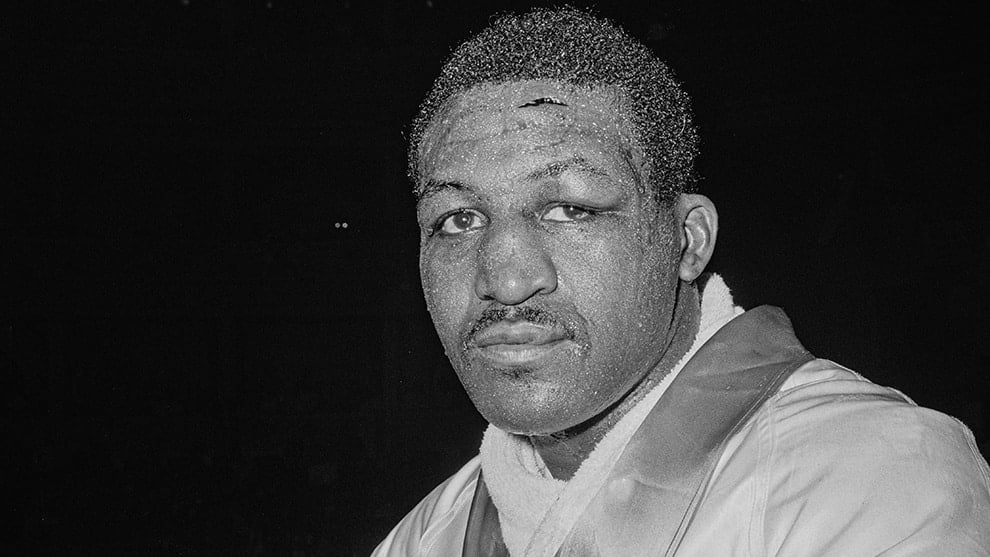
Name and surname: Leotis Martin
Born: March 10, 1939 Helena, Arkansas, USA
Died: November 20, 1995
Career: 1962–1969
Record: 36 fights, 31 wins (19 by KO/TKO), 5 defeats (2 by KO/TKO).
Division: heavyweight
Attitude: orthodox
Titles: NABF Heavyweight Champion
Major competitions
Goals scored over: Allan Harmon, Sonny Banks, Von Clay, Amos Johnson, Roberto Davila, Mariano Echevarria, Billy Daniels, Karl Mildenberger*, Thad Spencer, Alvin Lewis (twice), Roger Russell, Sonny Liston **
Lost to: Floyd McCoy, Jimmy Ellis**, Roger Russell, Henry Clark, Oscar Bonavena*
**Former/future world title version holder
*Unsuccessful challenger to the world title version
The boxing story of Leotis Martin
As an amateur, Martin had an outstanding record. In March 1960 at the Golden Gloves Tournament of Champions, he defeated future foe Jimmy Ellis in the 160-pound final and a month later. At the Intercity Golden Gloves (the predecessor of the National Golden Gloves), he won the 160-pound title. He also won the U.S. title in April 1960 again at 160 pounds (newborn Cassius Clay was the 178-pound champion that year), but lost in the semifinals of the U.S. Olympic trials in May. In 1961, he repeated his victory in the Intercity Golden Gloves, but lost in the semi-final of the 1961 national finals.
He moved to Philadelphia and was trained by Yank Durham, who also trained Joe Frazier. Martin had his first professional fight in Canada on January 26, 1962, against American Bobby Warthen, whom he defeated in the final of the Intercity Golden Gloves in 1960. He then crossed the border and scored three wins in Pennsylvania in 1962. In 1963, he won 9 -1 in ten fights and lost by upset KO to 14-14-1 Floyd McCoy.
He won five in a row, but one victory went to Sonny Banks. Banks, a ponderous puncher, knocked down Cassius Clay in the first round of their 1962 fight, only to be stopped in the fourth. On May 10, 1965, Banks was winning against Martin, who was badly shaken in the ninth throw, but delivered a counter right that sent Banks down, hitting his head on the canvas. Banks was taken from the ring on a stretcher. He never recovered and died three days later.
Martin returned to the ring with a victory in October 1965 and scored victories over Von Clay, Amos Johnson, Roberto Davila and Spaniard Mariano Echevarria. Victories over several underdogs pushed his record to 23-1 by June 1967. When Muhammad Ali refused to enlist in the U.S. Army, the WBA stripped him of his title and held a tournament to determine a novel champion. Martin was selected to compete in the qualifiers, and in the quarterfinals he drew with Jimmy Ellis, his rival from his amateur days, when they lost 1-1 in two fights. It wouldn’t be a heavyweight fight at this point.
They both climbed on the weights. Martin weighed 160 pounds in his first fight and weighed 192 pounds in this fight. Ellis weighed just 157 pounds and was 194 ¼. Ellis won easily. He was too swift for Martin from the start and Martin staggered repeatedly before the fight was stopped in the ninth throw as blood poured from a cut in Martin’s mouth. Ellis defeated Oscar Bonavena in the semifinals to win the vacant WBA title by majority decision over Jerry Quarry.
Martin came close to disappearing from the heavyweight scene when he lost a split decision to Roger Russell in November 1967. The year 1968 was a period of ups and downs for Martin. In April he went to Germany, where he defeated Karl Mildenberger three times and knocked him out in the seventh round.
The rollercoaster went down when he lost a majority decision to Henry Clark just twenty-two days after the Mildenberger fight, and then it went up again in May when he stopped Thad Spencer in nine rounds in one of the greatest heavyweight fights ever seen at the British ring. It was surprising to see two Americans on top of the Albert Hall show, but the fight will forever be remembered by those who saw it. Down went down the rollercoaster again when Martin was easily beaten on points by Oscar Bonavena in Buenos Aires in September.
Martin was dismissed as unpredictable and once again on the verge of being the favorite in the heavyweight division. But it was another uptick from the rollercoaster of 1968, when he faced Alvin “Blue” Lewis 19-1 in November and stopped Lewis in the ninth round in front of Lewis’ home fans. Lewis demanded a return and in February 1969, again in Detroit, Martin won by split decision. Martin retained Wendell Newton in October and made up for his 1967 loss to Roger Russell in November.
Martin’s fate was about to change. Since losing his second fight to Ali in 1965, Sonny Liston had won 14 straight fights, 13 by KO/TKO, and Martin was selected as winner number 15. They were to meet in Las Vegas on December 6, 1969. twelve rounds, and the inaugural title of the North American Boxing Federation is at stake. Liston had a 20-pound advantage over Martin and was three inches taller. The downside for Liston is that he’s a week away from his thirty-ninth birthday.
Yet Liston was still feared. Martin helped Liston prepare for fights with Floyd Patterson and Muhammad Ali, so he knew Liston well. He decided that if he could survive the early rounds, he would face the weakening Liston and have a chance to win. It didn’t look like Martin’s plan was going to work when Liston dropped him with a left hook overdue in the fourth round.
Martin survived the remaining 30 seconds and boxed in retreat, partly as part of his plan but also because of Liston’s hammer jab. Even on the retreat, Martin was finding the mark with his own jab and using his younger legs to set a faster pace than Liston wanted. After eight rounds of chasing the retreating Martin, Liston was ahead with three points on two cards and two points on the third, but Liston was tiring.
In the eighth round, Martin shook off a huge left hook and began to push Liston away with more punches. In the ninth, Martin missed Liston and then delivered a demanding cross to the head that stunned Liston. Martin landed lefts and rights and Liston fell face first onto the canvas, not moving for the 10 second count. This rollercoaster reached novel heights, with Martin earning the best win of his career and a shot at the world title.
But this is Leotis Martin and the roller coaster has taken one last cruel turn. Martin was diagnosed with retinal detachment and forced to retire. The injury was said to be from the Liston fights, but there was a mention that he was battling an injury from before the Liston fight. Eye surgery has advanced and a detached retina would not automatically be a reason for retirement today, but for Martin in 1969 it meant the end of his career.
During his boxing career from 1964, Martin worked full-time as a mechanic for a manufacturing company and continued this work until his retirement in 1995. In November of that year, he suffered a stroke caused by high blood pressure and complications of diabetes and died at the age of only 56.
Boxing History
Leotis Martin has beaten the fearsome heavyweight beast
Published
3 weeks agoon
November 29, 2024
Name and surname: Leotis Martin
Born: March 10, 1939 Helena, Arkansas, USA
Died: November 20, 1995
Career: 1962–1969
Record: 36 fights, 31 wins (19 by KO/TKO), 5 defeats (2 by KO/TKO).
Division: heavyweight
Attitude: orthodox
Titles: NABF Heavyweight Champion
Major competitions
Goals scored over: Allan Harmon, Sonny Banks, Von Clay, Amos Johnson, Roberto Davila, Mariano Echevarria, Billy Daniels, Karl Mildenberger*, Thad Spencer, Alvin Lewis (twice), Roger Russell, Sonny Liston **
Lost to: Floyd McCoy, Jimmy Ellis**, Roger Russell, Henry Clark, Oscar Bonavena*
**Former/future world title version holder
*Unsuccessful challenger to the world title version
The boxing story of Leotis Martin
As an amateur, Martin had an outstanding record. In March 1960 at the Golden Gloves Tournament of Champions, he defeated future foe Jimmy Ellis in the 160-pound final and a month later. At the Intercity Golden Gloves (the predecessor of the National Golden Gloves), he won the 160-pound title. He also won the U.S. title in April 1960 again at 160 pounds (youthful Cassius Clay was the 178-pound champion that year), but lost in the semifinals of the U.S. Olympic trials in May. In 1961, he repeated his victory in the Intercity Golden Gloves, but lost in the semi-final of the 1961 national finals.
He moved to Philadelphia and was trained by Yank Durham, who also trained Joe Frazier. Martin had his first professional fight in Canada on January 26, 1962, against American Bobby Warthen, whom he defeated in the final of the Intercity Golden Gloves in 1960. He then crossed the border and scored three wins in Pennsylvania in 1962. In 1963, he won 9 -1 in ten fights and lost by upset KO to 14-14-1 Floyd McCoy.
He won five in a row, but one victory went to Sonny Banks. Banks, a ponderous puncher, knocked down Cassius Clay in the first round of their 1962 fight, only to be stopped in the fourth. On May 10, 1965, Banks was winning against Martin, who was badly shaken in the ninth throw, but delivered a counter right that sent Banks down, hitting his head on the canvas. Banks was taken from the ring on a stretcher. He never recovered and died three days later.
Martin returned to the ring with a victory in October 1965 and scored victories over Von Clay, Amos Johnson, Roberto Davila and Spaniard Mariano Echevarria. Victories over several underdogs pushed his record to 23-1 by June 1967. When Muhammad Ali refused to enlist in the U.S. Army, the WBA stripped him of his title and held a tournament to determine a fresh champion. Martin was selected to compete in the qualifiers, and in the quarterfinals he drew with Jimmy Ellis, his rival from his amateur days, when they lost 1-1 in two fights. It wouldn’t be a heavyweight fight at this point.
They both climbed on the weights. Martin weighed 160 pounds in his first fight and weighed 192 pounds in this fight. Ellis weighed just 157 pounds and was 194 ¼. Ellis won easily. He was too speedy for Martin from the start and Martin staggered repeatedly before the fight was stopped in the ninth throw as blood poured from a cut in Martin’s mouth. Ellis defeated Oscar Bonavena in the semifinals to win the vacant WBA title by majority decision over Jerry Quarry.
Martin came close to disappearing from the heavyweight scene when he lost a split decision to Roger Russell in November 1967. The year 1968 was a period of ups and downs for Martin. In April he went to Germany, where he defeated Karl Mildenberger three times and knocked him out in the seventh round.
The rollercoaster went down when he lost a majority decision to Henry Clark just twenty-two days after the Mildenberger fight, and then it went up again in May when he stopped Thad Spencer in nine rounds in one of the greatest heavyweight fights ever seen at the British ring. It was surprising to see two Americans on top of the Albert Hall show, but the fight will forever be remembered by those who saw it. Down went down the rollercoaster again when Martin was easily beaten on points by Oscar Bonavena in Buenos Aires in September.
Martin was dismissed as unpredictable and once again on the verge of being the favorite in the heavyweight division. But it was another uptick from the rollercoaster of 1968, when he faced Alvin “Blue” Lewis 19-1 in November and stopped Lewis in the ninth round in front of Lewis’ home fans. Lewis demanded a return and in February 1969, again in Detroit, Martin won by split decision. Martin retained Wendell Newton in October and made up for his 1967 loss to Roger Russell in November.
Martin’s fate was about to change. Since losing his second fight to Ali in 1965, Sonny Liston had won 14 straight fights, 13 by KO/TKO, and Martin was selected as winner number 15. They were to meet in Las Vegas on December 6, 1969. twelve rounds, and the inaugural title of the North American Boxing Federation is at stake. Liston had a 20-pound advantage over Martin and was three inches taller. The downside for Liston is that he’s a week away from his thirty-ninth birthday.
Yet Liston was still feared. Martin helped Liston prepare for fights with Floyd Patterson and Muhammad Ali, so he knew Liston well. He decided that if he could survive the early rounds, he would face the weakening Liston and have a chance to win. It didn’t look like Martin’s plan was going to work when Liston dropped him with a left hook slow in the fourth round.
Martin survived the remaining 30 seconds and boxed in retreat, partly as part of his plan but also because of Liston’s hammer jab. Even on the retreat, Martin was finding the mark with his own jab and using his younger legs to set a faster pace than Liston wanted. After eight rounds of chasing the retreating Martin, Liston was ahead with three points on two cards and two points on the third, but Liston was tiring.
In the eighth round, Martin shook off a huge left hook and began to push Liston away with more punches. In the ninth, Martin missed Liston and then delivered a demanding cross to the head that stunned Liston. Martin landed lefts and rights and Liston fell face first onto the canvas, not moving for the 10 second count. This rollercoaster reached fresh heights, with Martin earning the best win of his career and a shot at the world title.
But this is Leotis Martin and the roller coaster has taken one last cruel turn. Martin was diagnosed with retinal detachment and forced to retire. The injury was said to be from the Liston fights, but there was a mention that he was battling an injury from before the Liston fight. Eye surgery has advanced and a detached retina would not automatically be a reason for retirement today, but for Martin in 1969 it meant the end of his career.
During his boxing career from 1964, Martin worked full-time as a mechanic for a manufacturing company and continued this work until his retirement in 1995. In November of that year, he suffered a stroke caused by high blood pressure and complications of diabetes and died at the age of only 56.

Mike Tyson put former world champion defending Jake Paul in his place – EXCLUSIVE

BRAWL ERUPTS AS MAYWEATHER & GOTTI TEAMS STORM RING & ALL HELL BREAKS LOOSE TO END FIGHT ABRUPTLY

“Tyson Fury doesn’t have it anymore,” says a leading expert
Trending
-
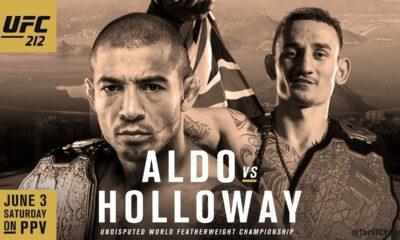
 MMA7 months ago
MMA7 months agoMax Holloway is on a mission at UFC 212
-
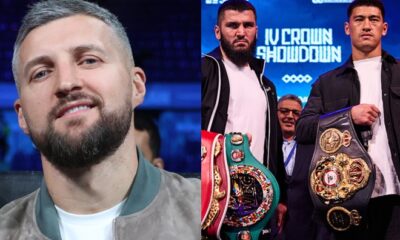
 Interviews2 months ago
Interviews2 months agoCarl Froch predicts that Artur Beterbiev vs Dmitry Bivol
-
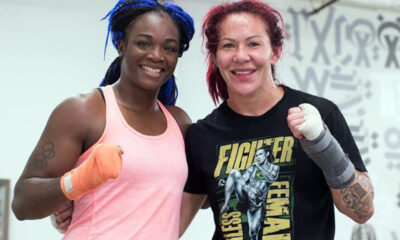
 MMA7 months ago
MMA7 months agoCris Cyborg ready to add a UFC title to her collection
-
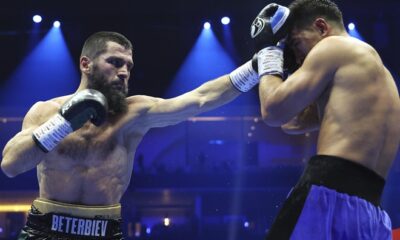
 Interviews2 months ago
Interviews2 months agoArtur Beterbiev vs Dmitry Bivol
-

 MMA7 months ago
MMA7 months agoThe Irish showed up in droves at the Mayweather-McGregor weigh-in
-
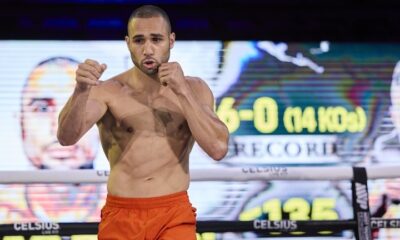
 Boxing5 months ago
Boxing5 months agoLucas Bahdi ready to test his skills against Ashton Sylve
-
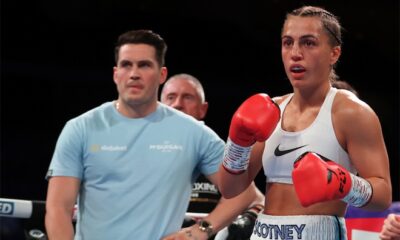
 Interviews7 months ago
Interviews7 months agoI fell in love with boxing again
-
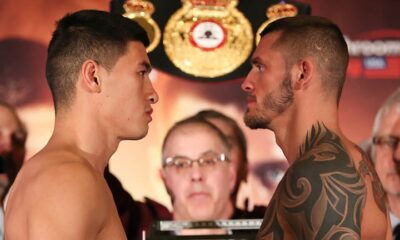
 Opinions & Features2 months ago
Opinions & Features2 months agoDmitry Bivol: The story so far

